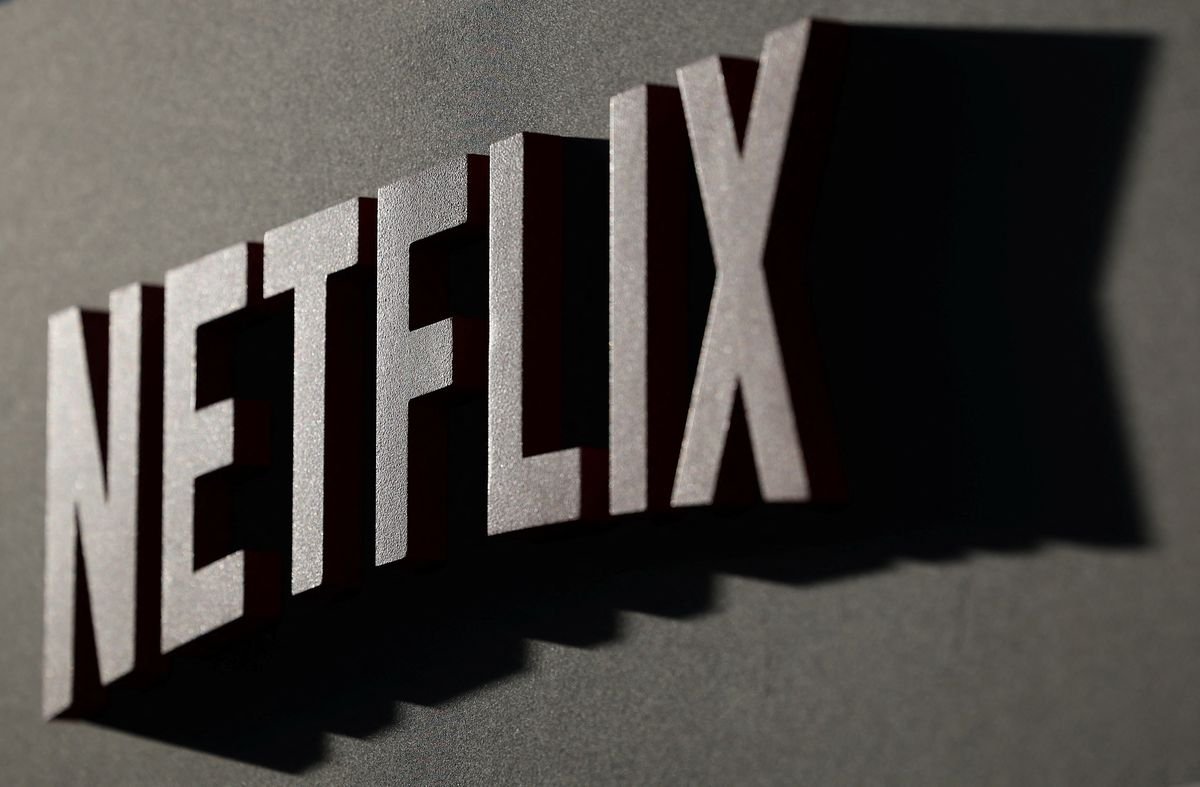Sony a1 II Gains ProRes RAW Support: A Significant Upgrade for Filmmakers
Sony’s flagship camera, the Sony a1 II, has received a noteworthy update that’s set to elevate its standing in the professional video market. The addition of ProRes RAW support marks a meaningful enhancement for filmmakers, and today, we’re breaking down what this means for users. Let’s explore the details.
ProRes RAW Arrives on the Sony a1 II
The headline feature: the Sony a1 II now supports ProRes RAW recording over HDMI when paired with Atomos recorders. This enables filmmakers to capture 4.3K ProRes RAW footage at up to 59.94 frames per second using compatible devices from Atomos’s Ninja and Shogun lines, including the Ninja V, V+, Ninja Ultra, Shogun Connect, Shogun, and Shogun Ultra. To unlock this capability, users will need to download the 11.14.00 firmware update, available directly from the Atomos website. Once installed, this update transforms the Sony a1 II into a formidable tool for professional video workflows. While the a1 II’s initial launch didn’t redefine the flagship category, this development adds a competitive edge that could sway videographers who demand high-quality output.
The Value of ProRes RAW for Professionals
What makes ProRes RAW worth noting? Developed by Apple, this compressed RAW codec combines the flexibility of traditional RAW video with the efficiency of ProRes, offering a practical solution for high-end cinematography. It delivers exceptional dynamic range and color depth while keeping file sizes manageable—a critical advantage for projects requiring HDR or extensive post-production work. Atomos has played a pivotal role in advancing this technology, enabling RAW capture on cameras like the Sony a1 II that lack internal RAW recording support. For a1 II users, this translates to superior image quality, greater latitude in editing, and a streamlined process for complex grading and compositing tasks. It’s a clear win for professionals seeking to maximize their footage’s potential.
Advantages and Limitations of ProRes RAW
As with any tool, ProRes RAW comes with strengths and trade-offs. Among its benefits, it outperforms standard compressed formats such as H.264 or H.265, providing enhanced image quality and greater control over variables like ISO, exposure, and white balance during post-production. Its efficient compression strikes a balance between quality and storage demands, and it integrates seamlessly with industry-standard software like Final Cut Pro and Adobe Premiere Pro. Additionally, its HDR compatibility aligns with modern production needs.
However, there are challenges to consider. Notably, DaVinci Resolve—a cornerstone of professional color grading—does not natively support ProRes RAW, requiring users to employ workarounds. The Sony a1 II also lacks internal ProRes RAW recording, necessitating an external recorder like the Atomos Ninja or Shogun, which adds to the gear footprint. While file sizes are smaller than those of traditional RAW formats, they can still strain storage and processing systems. This lack of Resolve support remains a significant drawback, fueling discussions in the industry—such as the ongoing comparison between ProRes RAW and Blackmagic RAW (BRAW), the latter being favored by Resolve users for its native integration.
Final Thoughts: A Step Forward for the Sony a1 II
The addition of ProRes RAW support marks a substantial upgrade for the Sony a1 II, enhancing its appeal to professional filmmakers. While it doesn’t reinvent the camera, it offers a practical boost when paired with an Atomos recorder, catering to those who prioritize flexibility and quality in their video work. Does this shift your perspective on the a1 II, or does it still fall short of groundbreaking? We’d love to hear your take—share your thoughts in the comments below and stay tuned for more insights into the latest filmmaking tools.












